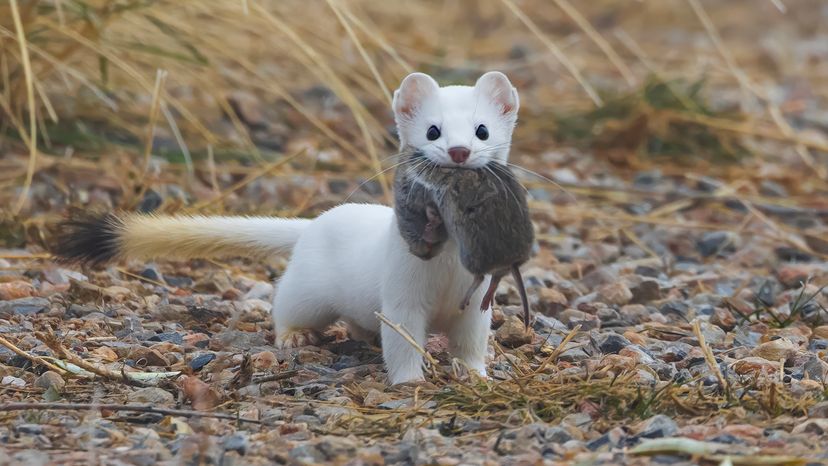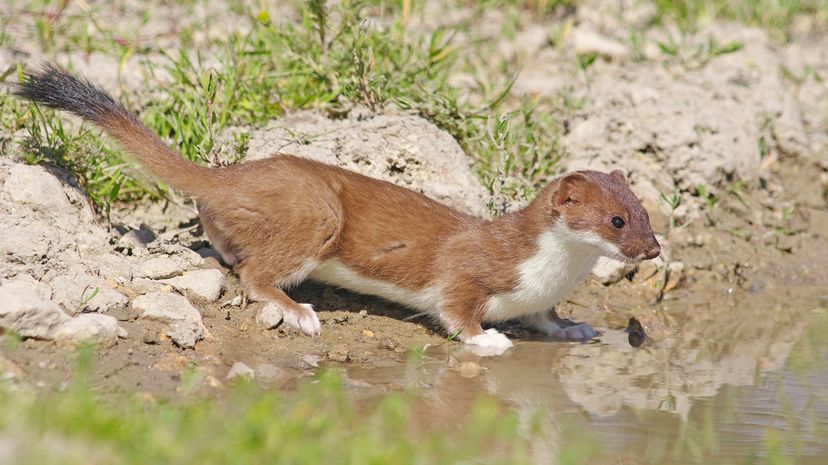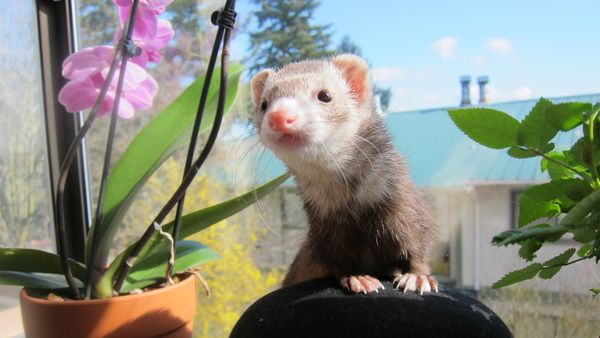
The stoat (Mustela erminea) is a furry little creature that packs a wallop. It's known across the Northern Hemisphere as a small but fierce predator with boundless energy.
This member of the Mustelid family is a relentless hunter that can take down prey much larger than itself. Whether bounding through open habitats or sneaking through underground burrows, stoats are built for speed, stealth and survival.
Advertisement



